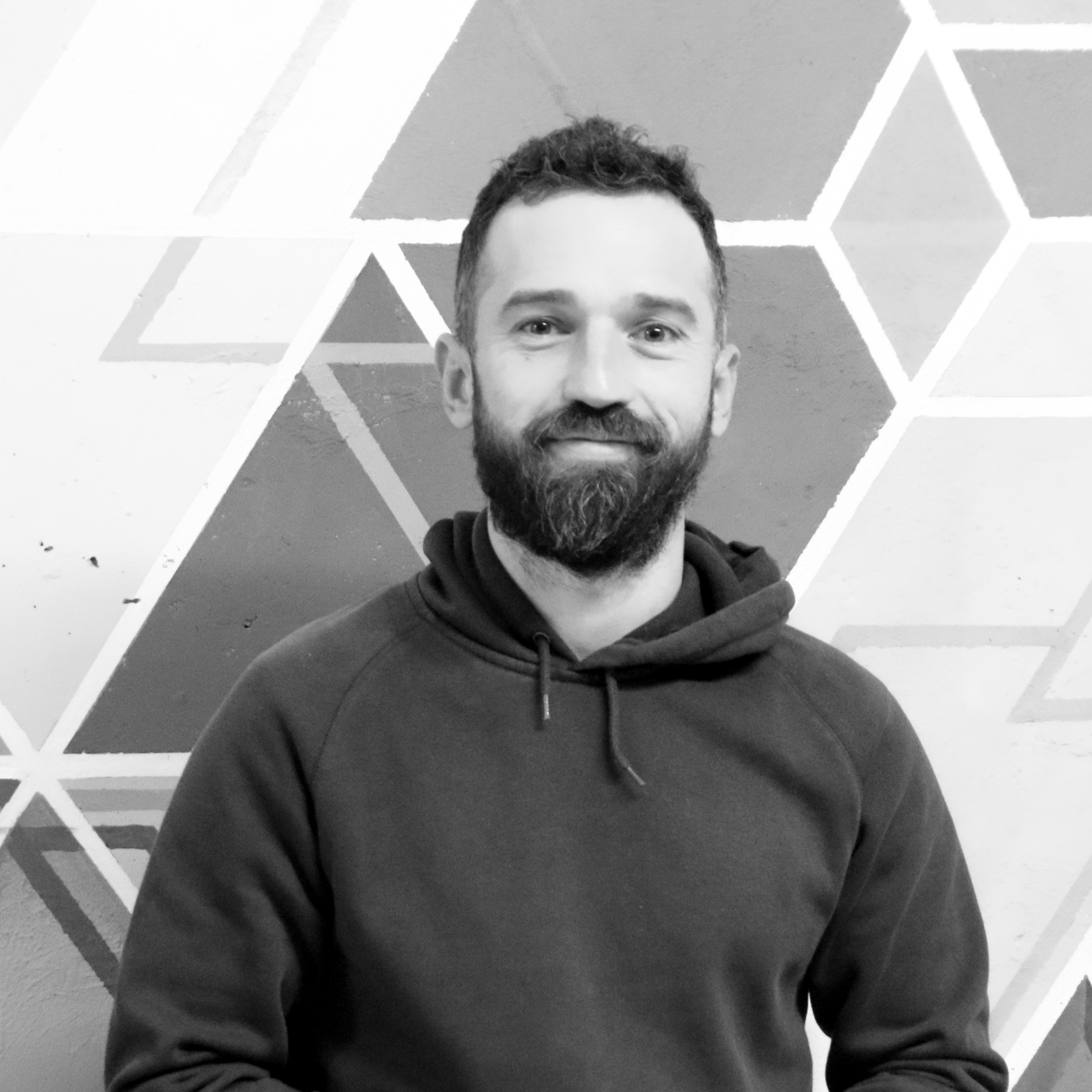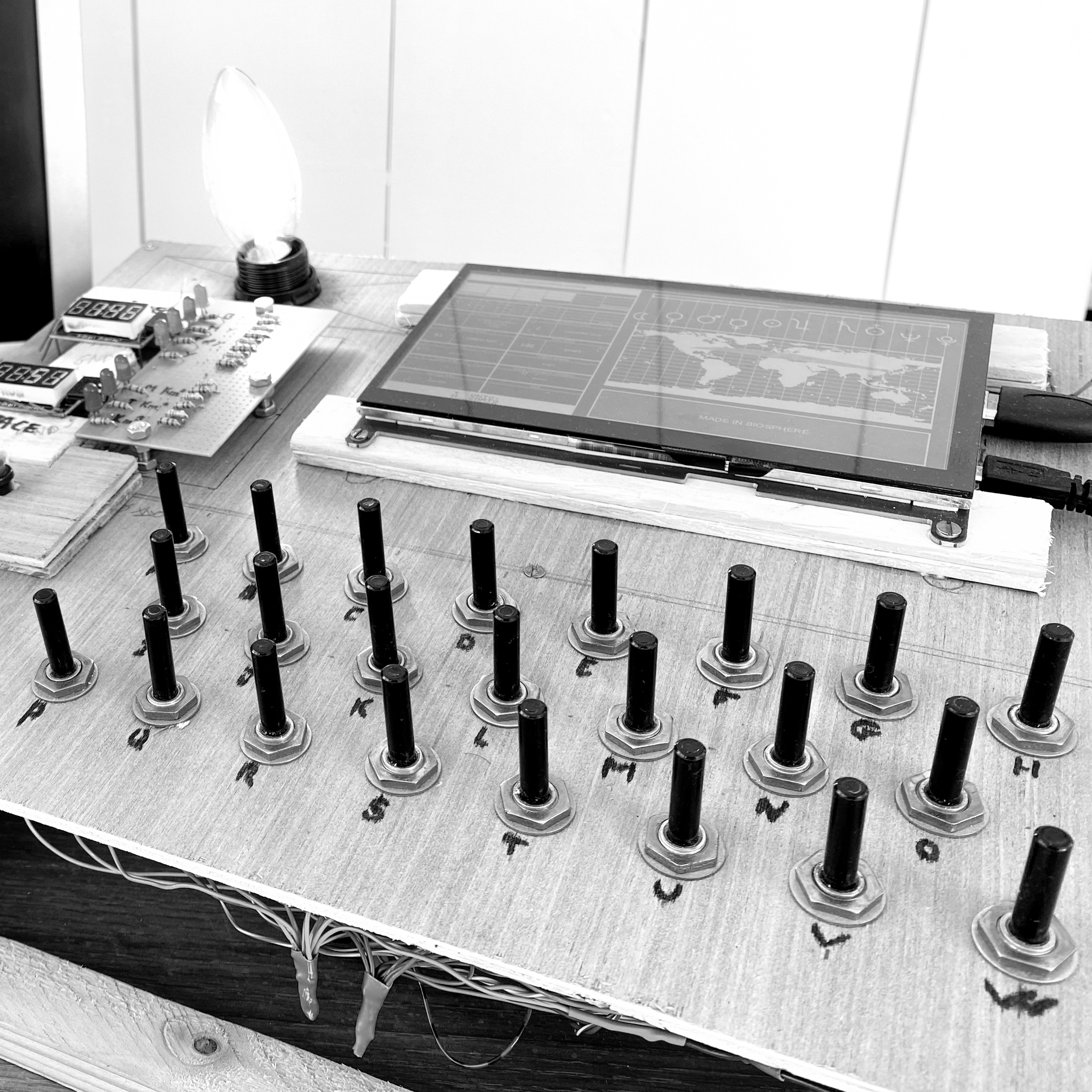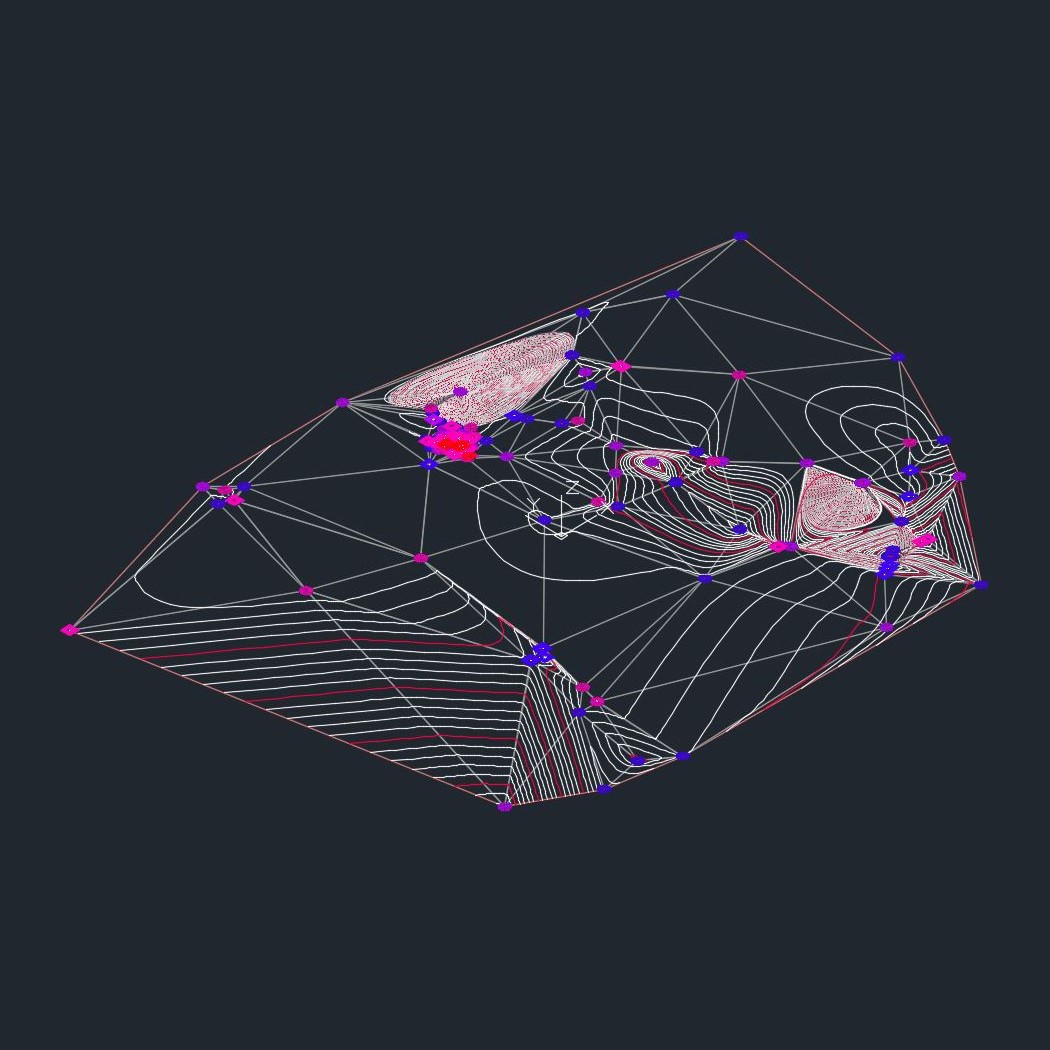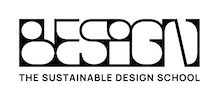

From the verdant pines forests of the Landes coast, in the southwest of France, to the outstanding landscapes of the Himalaya, researcher Emmanuel Ducourneau has questioned the connection between humans and nature, designers and the living matter. In 2020, this former designer completed a thesis at BESIGN The Sustainable Design School, highlighting the importance of being-oriented innovations. Emmanuel Ducourneau now hopes to provide the designers with a precious mapping tool to help them create more sustainable products, reducing both environmental and social issues.

1. In what way can cartography revolutionize the future of design?
Emmanuel Ducourneau: You can’t imagine a sailor navigating without any maps! In the same way, a designer must have a good knowledge of the ecosystems that are involved, for better or worse, by the products he creates. Most of us ignore that an electronic chip can actually entail up to 500 stages in its manufacturing process and imply the work of almost 16,000 subcontractors, according to French journalist Guillaume Pitron. When it comes to analysing the impact of a well-known fashion accessory designed by a famous French company, it can easily reach up to 400 million km2.
I am now developing a mapping tool in partnership with CNRS, that will enable designers to measure a wide range of influences notably on the atmosphere, plants, minerals, humans, industries and administrations, through the evaluation of the invisible dimension of the manufacturing chains, for example, how a bean currently grown in Pakistan can end up as a thickener used in a fabric dye. Cartography is a promising tool which, on the one hand, aims at reducing the footprint of any product, enabling experts to spot social and environmental risks, and on the other hand, connecting designers with the living matter. Being- oriented design, through cartography, is neither a marketing nor an activist approach since it is about revealing the best and the worse, enchantment and disenchantment.


2. How embodying Sustainable Design?
We should bring back delight and poetry into the innovation process! As a former designer, I realized that when creating products, we are most of the time disconnected from the living matter. Thinking design in a more sustainable way, some designers have favoured, for example, a low-tech approach, others have followed the principles of “bricology”, that’s to say creating by using the materials from their direct environment, their potentials, and adopting a more sensory approach as it is key to innovation. Nevertheless, these notions are still associated to a step backwards, a lack of quality and even poverty, in most people mind. Our vision must change! We should engage in a low-tech and “bricological” culture! These methods definitely are new ways to achieve excellence.
“Being closer to the living matter and beings is an indispensable condition to do more and better with less!”
Emmanuel Ducourneau
3. How should a designer develop his sensory and cognitive skills?
Contrary to the manufacturer who shapes products matching a particular system he previously created, the artisan innovates with what he finds in his direct environment, from raw materials such as wood, silk or water to already used objects. In this way, the craftsman trains his attentiveness, improves his sensory skills and develops his intuition, through the connection he has with his environment, thus positively resonating. He transforms a fragment of the world and at the same time, he is transformed by it!
For centuries, the artisans who used dyes for their fabrics had to pay attention to the weather because humidity, temperature and the atmospheric pressure had a significant impact on the dyeing process, that’s to say water, fabrics and colours. An example which shows that being closer to the living matter and beings is an indispensable condition to do more and better with less!
Interview by Alizée Mosconi, Head of Communication at BESIGN The Sustainable Design School



